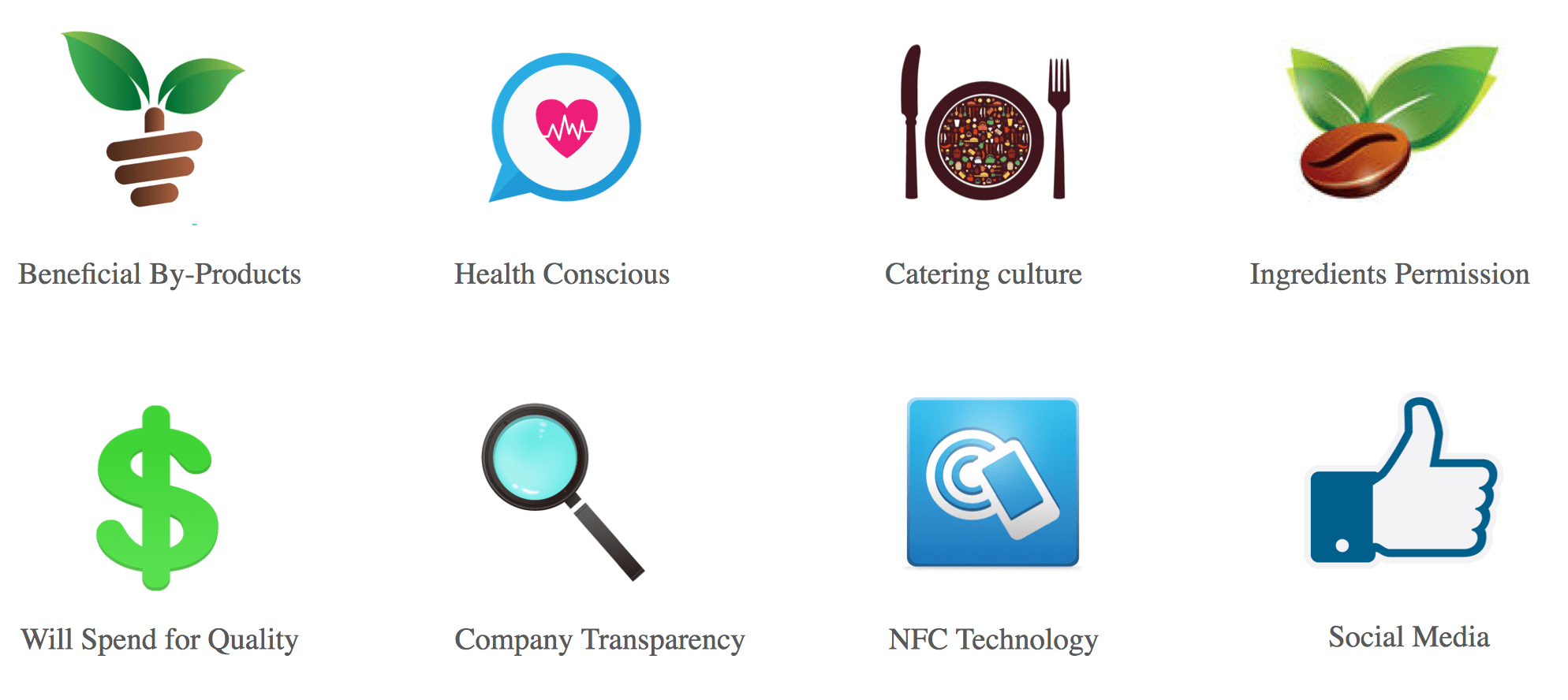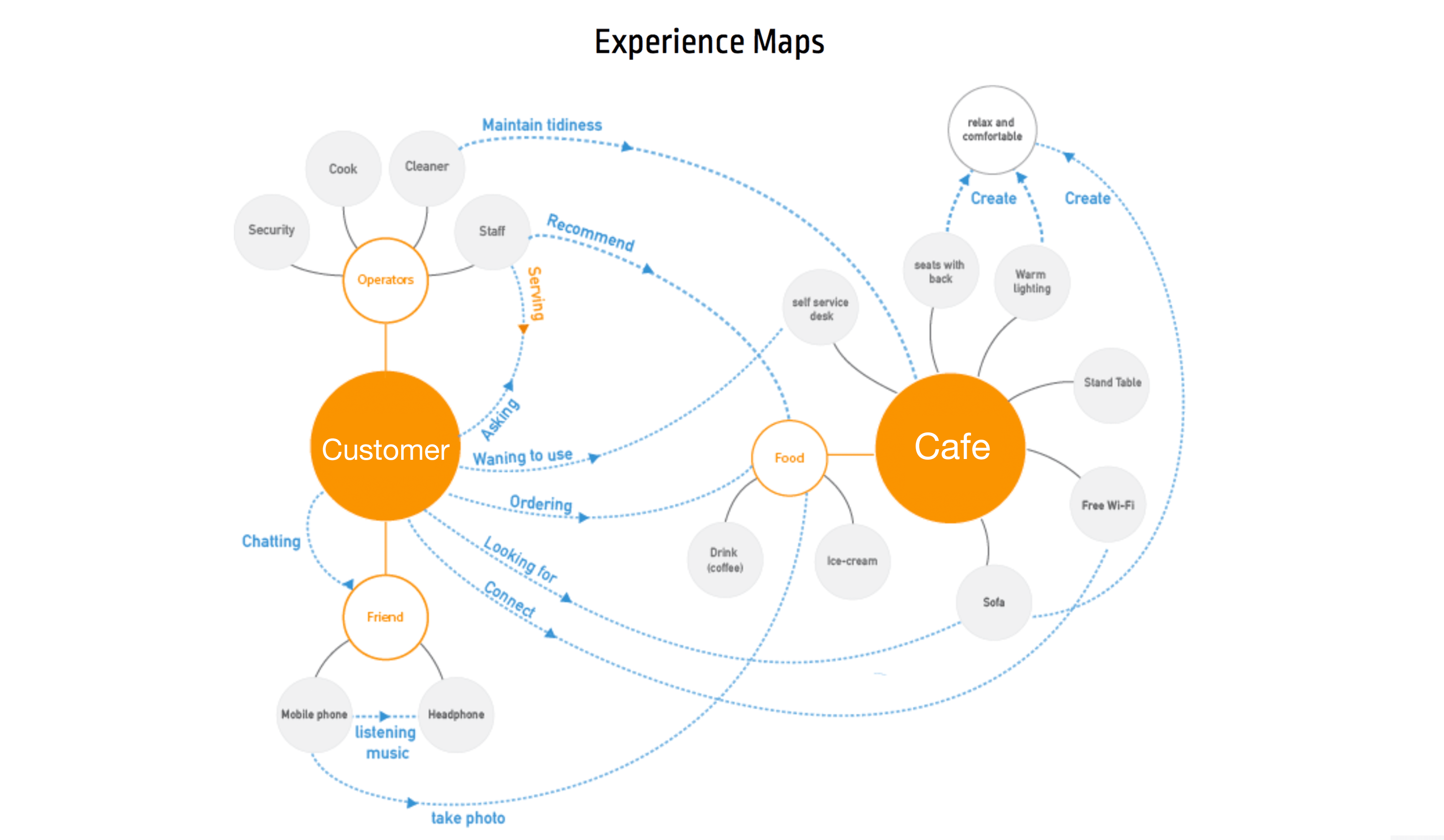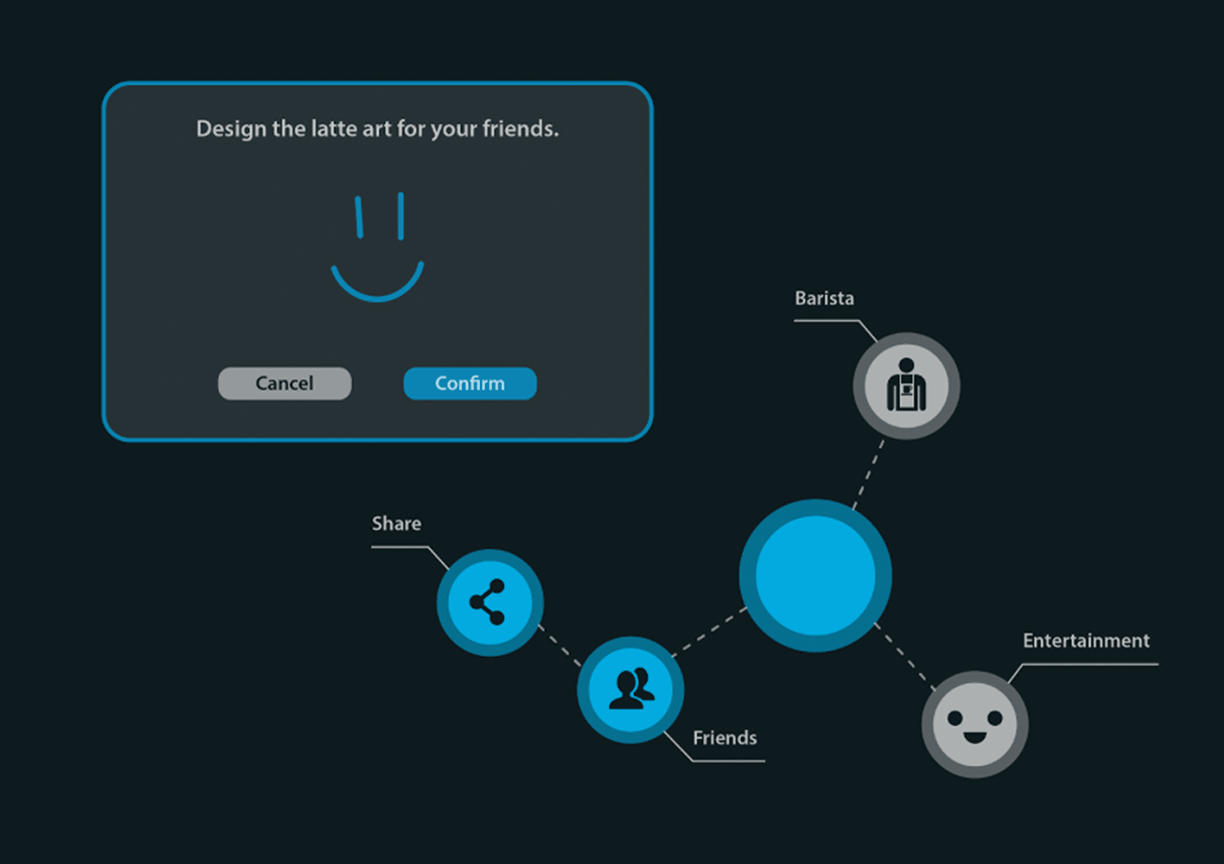Seeking an Advantage
They needed a competitive edge; they were already quite well-known and so our approach was to prove their worth and improve the services they had to offer.
My team created a more digitally connected system for their stores, with an Interactive “Smart” Table at the core of this plan, in order to promote their
commitment to listening for areas of improvement whilst providing more value to their customers. I went and surveyed their staff as well as a few willing
customers about what would attract them to visit Holly Brown's more:
Business and User Goals
1. Attract and retain customers, in an effort to gain recurring business
2. Improve the customer experience
3. Provide more communication channels between staff and customer
4. Utilize this as both a customer experience enhancement as well as a potential marketing tool
5. Allow for ways to interact with their barista and seatmate(s)
6. Make it both easy and enticing to use
User Research
Observing customers and researching articles/trends on HK’s caffeine landscape came first. But it was equally as important to take note of the various
behaviours of consumers within their space. By utilizing the AEIOU framework (Activities, Environment, Interactions, Observations, Users), I spent several hours inside, and right outside of, their Haysan Place Mall
Location in order to get a better grasp of consumer behaviour.
























